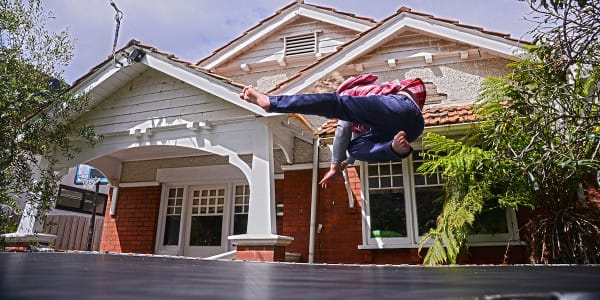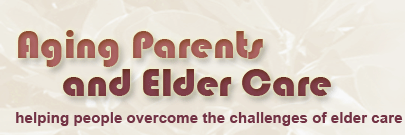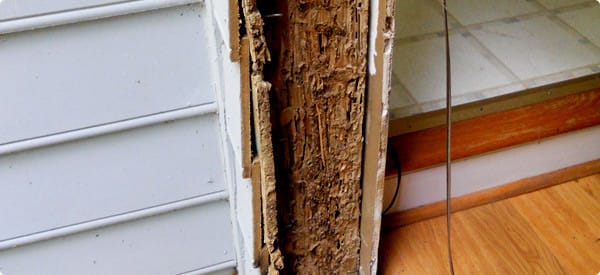Purchasing insurance for your North Carolina home may be a requirement for anyone with a mortgage, but it’s also a smart move. Your insurance policy protects your house and yourself from accidents, damage, and other unforeseen events that are too costly for you to repair or replace yourself.
The fact is that the standard homeowner’s insurance policy does not cover every possible situation that could occur. It’s best to understand what your policy won’t cover and what you can purchase additional coverage for, in order to reduce your risk.
Take a look at these 10 things that your homeowner’s insurance policy does not cover.
- Mold is not automatically included in a standard policy but you can purchase additional coverage for your home. Remember, mold is often preventable simply by eliminating moisture as soon as you discover it.
- Sewer back up isn’t something any of us want to think about. If it occurs, the damage can be enormous. While it’s not covered under standard policies, you can purchase additional coverage.
- Termite damage is preventable and therefore not covered under your homeowner’s policy. Watch out for the signs of termites, keep moisture away from your foundation, and have annual inspections to prevent infestations.
- Aggressive dog breeds are based on the highest occurrence of dog attacks and claims filed with insurance companies. High risk breeds like Pit Bulls and Rottweilers won’t be covered in the event of a dog bite, even if you purchase additional coverage for accidents involving your pets.
- War and acts of terrorism are not covered under standard policies. War isn’t covered at all, and acts of terrorism aren’t typically referred to within policies. The damage to your home from fire, smoke, or explosion might be covered because those things are specifically mentioned.
- Sinkholes fall under the “earth movement” category in your policy and are not covered. The only exception is in Florida where sinkhole coverage is required under law to be included in a standard policy. Another exception is in Tennessee, which makes additional sinkhole coverage available for purchase.
- Earthquakes, like sinkholes, aren’t covered in standard policies but you can purchase additional coverage. Your deductible won’t be a fixed dollar amount but a percentage of the replacement costs, anywhere from two to 20 percent.
- Flooding is covered by purchasing a separate policy backed by the National Flood Insurance Program (NFIP) and won’t be covered under your standard homeowner’s insurance policy.
- Trampoline accidents aren’t covered under your homeowner’s policy. In 2009, more than 90,000 trampoline injuries resulted in a trip to the emergency room. You might not even be able to purchase a standard policy from some carriers simply for owning a trampoline.
- Nuclear accidents may not sound like a big threat, but three million people in the United States live within 10 miles of a nuclear power plant. Your homeowner’s insurance doesn’t cover the damage caused from an accident, but a 1957 federal law established a fund for people affected by nuclear accidents to cover the costs of repair and replacement.
Some of these issues can be covered through additional endorsements that don’t add too much to the costs of your insurance premium. Some are preventable, as long as you take care of your home. Others are rare occurrences. Keep these things in mind when speaking with your insurance agent so that you can prevent nasty surprises later. Remember – when in doubt, talk to your insurance agent to find out exactly what is and is not covered.
Image courtesy of Flickr user Tom Reynolds.




